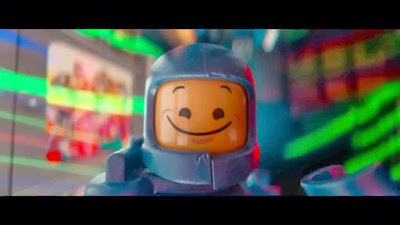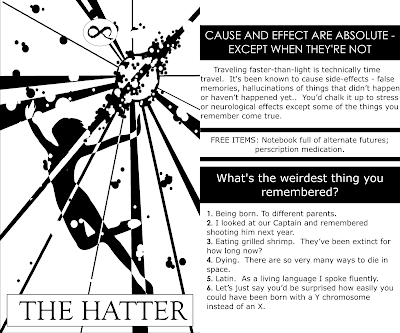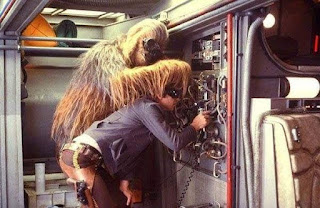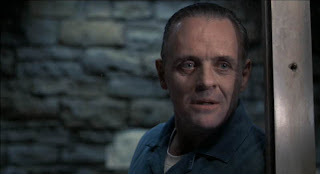The other day on Twitter the question was asked: "When world building, what do you start with?" My answer was probably obvious to anyone who has read my blog.
I start with a spaceship. I am a spaceship nerd.
 |
| Pictured: My Spirit animal |
Then I start thinking about how it would work, the technology it'd need and what that implies for population and education and what else that technology would be used for beside spaceships and how many people must live in space for spaceships to be this common or rare and how long it'd take to develop that technology -
Spaceships may operate in a vacuum but they aren't designed, built or maintained in one. Even if they were, every aspect of their being is dependent on a cascade of technological assumptions. Last week we discussed how this makes designing rules for more than one franchise difficult. This week, we'll take advantage of this to imply setting in an anti-canonical game.
One idea I'm using to imply my idea of a setting but not making it canon is stolen borrowed once again from Electric Bastionland. A large section of that game involves Failed Careers - what your character was doing before losing it all, getting in debt and becoming a treasure hunter.
 |
| What does "Squidbagger" say about a setting? |
I am not including d100 failed careers but I am using a similar concept in Character Pasts. In our Project NEPTUNE rules set a Character Past will be include a Character card (3x5) a resource card (2.5x3.5 trading card) and condition card (also trading card). Let's look at one of the cards and see how it helps imply a setting:
 |
| Front and back, with room for notches. |
If you'll open the image above and read the card, you'll find quite a bit of implied setting:
- There's the name itself: This is a setting that includes Earth and Alice's Adventures in Wonderland is still a known IP.
- The setting is Hard SF. FTL = Time travel is the understanding of current physics. Actually using that as a potential plot point says that implications normally ignored in science fiction will be explored - or at least played with.
- The setting is going to deal with mental issues. And they are still somewhat stigmatized. False memories, hallucinations, or actual memories? You get prescription meds either way.
- This setting can get dark. Remembering killing someone? Remembering dying? Shrimp are extinct?
Some of the other Pasts I'm working on include:
- THE RELATOR: Psychiatrists for Artificial Intelligences.
- THE CHRONOI: People from Saturn - complete with wind chimes.
- SANTA'S HELPER: means the setting has Santa Claus Machines.
- THE WALKER: The Rainbow Road of Mars is marked with the multi-colored spacesuits of those that died walking it. It's become something of a religion.
So there are a lot of setting elements here, but only if they interest you. This is all on a single index card. Use it if you want and if not, put it back into the stack and forget about it. And even if you choose to use a Past card, it's not a wall-of-text info-dump because there's a finite amount of space on the card, and that's all I get to sell you on the concept.
Using spaceships to imply a setting is a bit different. Space travel and combat is the sin qua non of Project NEPTUNE and the kind of spacecraft available will have an impact that cannot be ignored. Fortunately, our use of Causal Influence Diagrams let us take the technology of a spaceship can be mixed-and matched to a certain extent. And again, you the tech you don't want to use can go in the stack and be safely ignored.
I'm not sure if of the reason I feel compelled to use a rule or item that's in a game's rules or setting is because I can see it on the page when I open the book, but the edge-notched card will keep them safely out of sight and out of mind either way.








